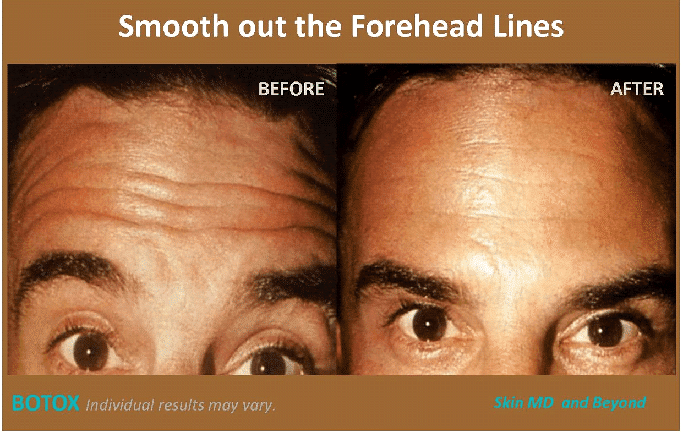Forehead Lines (FHL)

Forehead Lines (FHL): Definition, Causes, and Treatment
What are Forehead Lines?
Forehead lines (FHL), also called worry lines or forehead wrinkles, are horizontal lines that stretch across the forehead above the eyebrows. They often become more visible when raising the eyebrows or making facial expressions but can progress to static wrinkles, remaining visible even at rest.
Causes
- Repetitive facial movements: Constant raising of the eyebrows and furrowing of the brow muscles creates dynamic wrinkles that deepen over time.
- Aging: Natural decline in collagen and elastin reduces skin’s elasticity and firmness, causing lines to become permanent.
- Sun damage: UV exposure breaks down collagen and elastin fibers, accelerating skin aging and wrinkle formation (photoaging).
- Muscle tone: Constant muscle activity especially from trying to lift heavy eyelids or keep brows elevated produces deep forehead lines.
- Lifestyle factors: Smoking, poor hydration, pollution, and stress worsen elasticity loss and skin texture.
- Genetics: Determines skin type and wrinkle susceptibility.
Symptoms
Horizontal creases visible across the forehead, first appearing during facial expressions but later seen at rest as skin loses elasticity.
Treatment Options
- Botulinum toxin (Botox, Dysport): Relaxes forehead muscles to reduce dynamic lines, requiring repeated treatments every 3-4 months.
- Dermal fillers (Restylane, Juvederm): Restore volume and smooth static wrinkles caused by volume loss.
- Chemical peels and laser resurfacing: Remove damaged skin layers, stimulate collagen production, and improve texture.
- Microneedling and RF therapies: Promote collagen and elastin formation to firm and rejuvenate skin.
- Surgical options: Brow or forehead lift in severe or advanced cases.
Prevention
- Daily use of broad-spectrum SPF sunscreen
- Avoiding smoking and excessive sun exposure
- Proper hydration and skin care with antioxidants and retinoids
- Managing repeated facial expressions when possible
Key Points
- Forehead lines usually start as dynamic wrinkles and evolve into static lines due to aging and environmental damage.
- A combination of neuromodulators, fillers, and skin rejuvenation treatments offers best results.
- Early prevention and personalized treatment plans are essential for effective wrinkle management.
Consult with Our Team of Experts Now!
For customized assessment and comprehensive forehead line treatment, consult with our board-certified dermatologists and cosmetic specialists for expert care.
References:
- Yehia FE, Abulfotooh AM, Leheta TM. Locking the Line of Convergence by Botulinum Toxin Type A for the Treatment of Dynamic Forehead Wrinkles. J Cosmet Dermatol. 2022 Oct;21(10):4007-4014. doi:10.1111/jocd.15468. Available at: https://doi.org/10.1111/jocd.15468
- Park KY, Yi SY. Botulinum Toxin to Treat Horizontal Forehead Lines: Clinical Efficacy and Safety. Aesthetic Surgery Journal. 2020 May;40(6):668-674. doi:10.1093/asj/sjz174. Available at: https://pubmed.ncbi.nlm.nih.gov/31250898/
- Alhallak K. Optimizing Botulinum Toxin A Administration for Forehead Wrinkles: Introducing the Lines and Dots (LADs) Technique and a Predictive Dosage Model. Dermatol Ther. 2024 Feb 16;37(2):e15050. doi:10.1111/dth.15050. Available at: https://www.ncbi.nlm.nih.gov/pmc/articles/PMC10893323/
- Carruthers J, Carruthers A. Botulinum Toxin Type A in Facial Rejuvenation: Efficacy for Forehead Lines. Dermatol Clin. 2003 Oct;21(4):695-707. doi:10.1016/s0733-8635(03)00068-2. Available at: https://doi.org/10.1016/s0733-8635(03)00068-2















